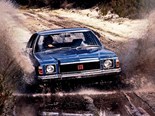50 years of Holden HQ





















































|

|

|

|

|

|

|

|

|

|

|

|

|

|

|

|

|

|

|

|

|

|

|

|

|

|
July 15 1971 was big for General-Motors Holden and the Australian auto industry with the introduction of its radically different Holden HQ, a ground-up new design featuring an all-new chassis, body and suspension layout.
Gone was the boxy shape of previous generations, replaced by a far more stylish soft-cornered body with a prominent hip line that Aussie buyers fell in love with.
The HQ saw the debut of the 202ci six-cylinder engine (basically a bored out 186ci) in passenger vehicles along with smorgasbord of new variants, the One Tonner, the Sandman ute and panel van, SS sedan and a GTS in a four-door wrapper.
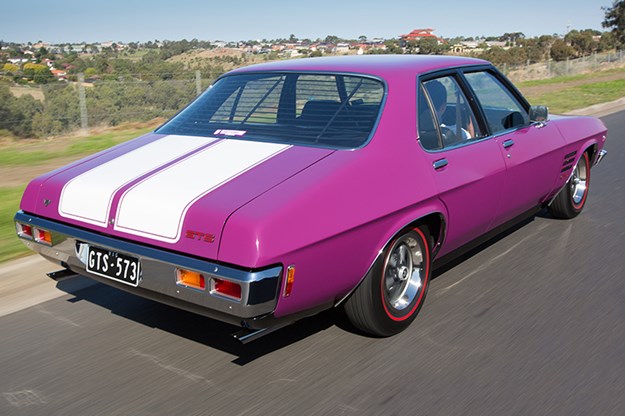
Although as a model the HQ ran until October 1974 the basics of it were continually developed until 1984 with the end of the WB series production.
No matter what you planned to do with your HQ, there was seemingly a model for all needs and budgets with a total of 18 variants to pick from.
| Buyer's Guide: Holden HQ GTS Monaro
The HQ model range consisted of the entry level Belmont sedan, wagon panel van and ute, the mid-spec Kingswood sedan, wagon and ute and the luxurious Premier that was also offered in sedan and wagon body styles.

Additionally a long wheelbase version was offered in two trim levels; the Statesman and the Statesman Deville.
New for Holden buyers was the One Tonner, a cab chassis vehicle available with a six or V8 in manual or auto form that let buyers fit the Holden offered or a custom made body, be it a tray or van.
| 2020 Market Review: Holden HQ-HZ Monaro/GTS/Sandman
Also new and aimed squarely at the youth market was the Belmont-based Sandman that added spice to the tradie focused ute and panel van with a clutch of sports items nicked from the Monaro GTS parts bins.
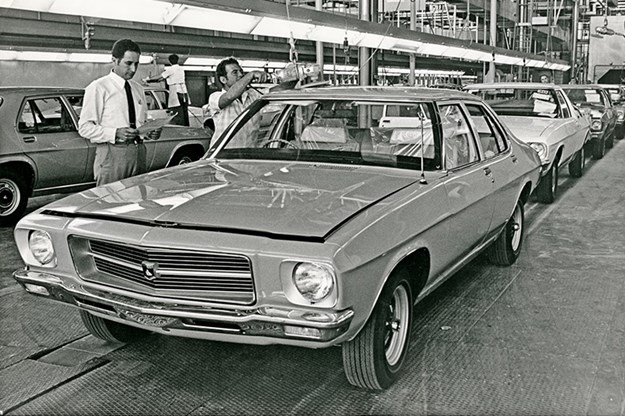
With the Sandman panel van Holden exceeded all expectations as what was once a delivery workhorse became a very cool car. A must-have that surfed the panel van culture. This saw vans decked out to resemble discos and more often boudoirs, wearing stickers on the back window along the lines of ‘if the van is a rockin’ don’t bother knockin’ Many daughters’ fathers had sleepless nights thanks to the General, at this time.
| Reader Resto: 1973 Holden HQ GTS Monaro
Another Belmont-based debutant was the Holden limited-edition SS sedan, a cut price way for buyers to snaffle a 253ci V8, M20 four-speed manual, Monaro GTS grille, front guards, steering wheel and dash, some suspension components, six-inch wide wheels, dual exhausts, a console, carpet on the floor and Houndstooth trim inserts. It came with black stripes and in three colours Ultra Violet, Infra Red and Lettuce Alone. And it was a bargain with a sticker price of $3245 just a tad more than a Kingswood with a 202 and three on the tree.
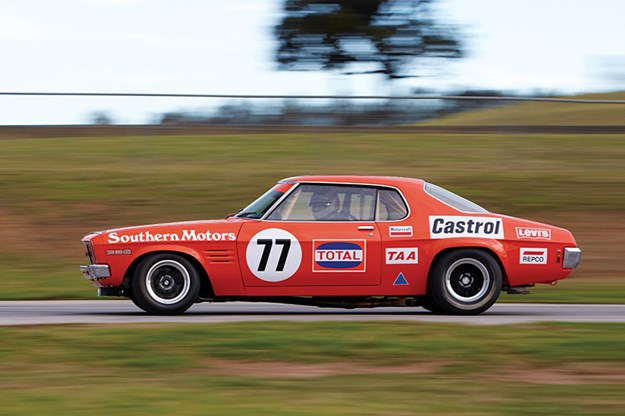
A short, sharp PR and advertising blitz saw dealer order books overflowing and while the original plan was for a run of 1500 cars, that was woefully inadequate, so the company was forced to produce a second batch.
| Reader Resto: 1972 Holden HQ Statesman
In December 2015 Unique Cars caught up with HQ SS owner Hayden Pilgrim, who remembers the time well: "Of course they sold like hotcakes. The dealers took too many orders, so they were up shitters’ ditch and had to do another run."
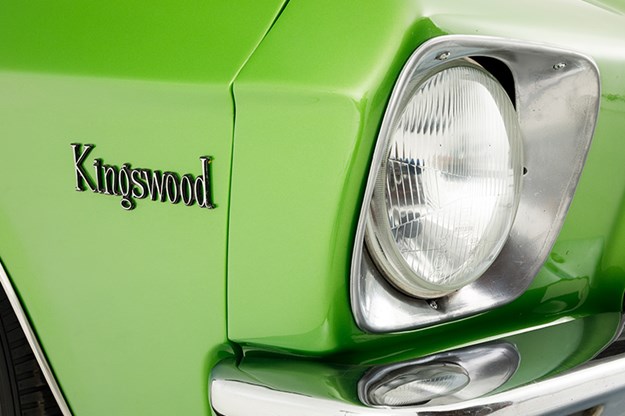
To coincide with the Melbourne Motorshow, Holden whipped the covers off a pair of four-door sedans wearing Monaro badges. The GTS and GTS 350, were both based on the Kingswood with a designated code for each. The GTS code was XV4 and the GTS350 the XW8.
| Read next: 50 years of Holden Monaro
Coupes weren’t forgotten with the two-door range featuring the familiar Monaro moniker across four trim levels; Monaro, Monaro GTS, Monaro GTS 350 and Monaro LS.

The no-frills $2730 Belmont came with a vinyl bench seat in both rows, a carby-fed 173ci six, three on the tree manual, cross-ply tyres, and drum brakes all round. A radio, heater, aircon, carpet and even armrests were options. While it provided basic family transport this model was mainly sold in the bustling fleet market.
The mid-spec Kingswood that gave birth to a satirical TV comedy, Kingswood Country, was aimed at families with its standard kit adding carpet on the floor and a radio. But like the Belmont it still copped the two park benches front and back, the 173ci six and column shift manual. It’s hard to believe this engine and gearbox combo was also standard fare in the poverty-pack Monaro.

While all HQs were short on standard kit and big on options, like its competitors, it gave buyers way more freedom than even today, to tailor make their car.
The 202 engine added $66 and power-assisted discs up front a further $69. The four on the floor was $131 and the three-speed auto a whopping $250. Bucket seats? Sure, throw another $88 into the pot and if you wanted the 253V8 you’d have to fork out an additional $159 over the six. If you went the whole enchilada and ordered the 308 V8 another $79 over the 253 would be syphoned from your wallet.

After Norm Beechey captured the 1970 Australian Touring Car Championship (ATCC) driving his HT Monaro and changes to the Improved Production Touring Car regs at the end of 1971, Bob Jane parked his title-winning 7-litre Camaro for a purpose built HQ Monaro coupe in 1972. That car never won the touring car title and was converted into a sports sedan.
But after several owners and following an eight year resto back to its original spec, John Bowe cut a few laps in it at Eastern Creek in 2015.

"It’s the most immaculate race car I think I’ve ever seen," Bowe said, "I saw it in action at Symmons Plains and at Calder in the early ’70s when I was a kid. It was a pretty special feeling to trundle it down pit lane the first time," he says. "I drive plenty of older cars, but this one was just mint condition.
"It has plenty of grunt! I guess it’s got around 560 horses at the wheels so it’s quite strong, even with the 1400-odd kilos. The injection is a Lucas high-pressure injection system and it’s based on what was run in Formula 5000, so it doesn’t muck around!

Another HQ entered the 1972 ATCC, a four-door driven by Malcom Ramsay of Birrana open wheeler fame. Colin Bond and George Sheppard competed in a V8-powered HQ four-door in the Australian Rally Championship before switching to the nimbler Torana GTR XU-1 and Ron Dickson ran a four-door Monaro GTS in the 1974 James Hardie 1000.
In the late 1980s HQ Holdens were stacked 10 high at wreckers yards across the country, but with the advent HQ racing series bodyshells and many mechanical components skyrocketed in price. The HQ series still runs today and is as popular as ever.
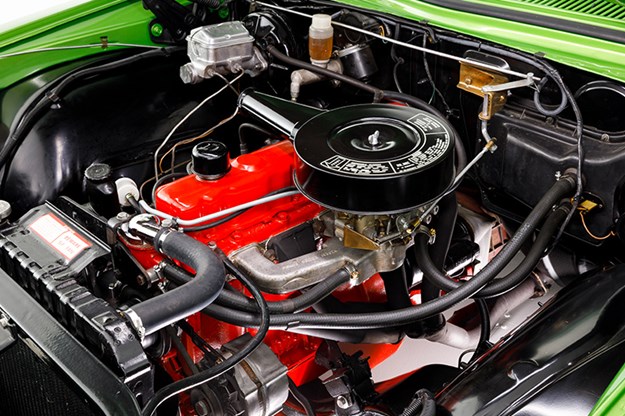
Over the 39 months of HQ production a staggering 485,650 were made at General Motors-Holden’ plants in Adelaide, Melbourne, Sydney and Brisbane with all engines, transmissions and driveline components (except for the 350ci) produced at the Fisherman’s Bend plant. That figure equates to 409 per day, if the lines ran every day of the year - which they didn’t.
New Zealand also built HQs at the GMHNZ Wellington factory and South Africa received the HQ sedan, badged as a Chev Kommando, the ute as the El Camino and the One Tonner as the El Toro.
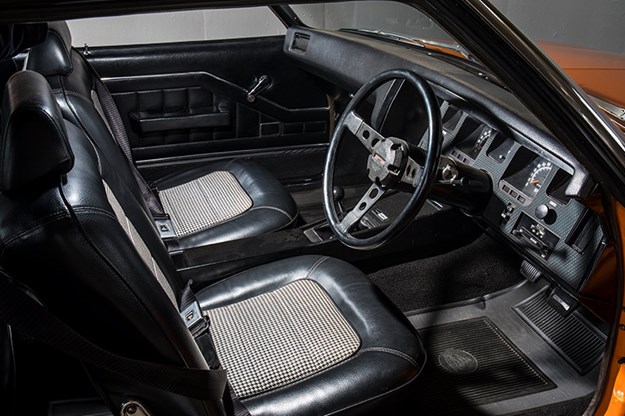
Many argue given the overwhelming success of the HQ on home turf and right-hand drive markets it was a poor decision not to chase opportunities in the even more lucrative left steer markets.
But whichever way you look at it the HQ Holden was a remarkable success.
Happy anniversary.
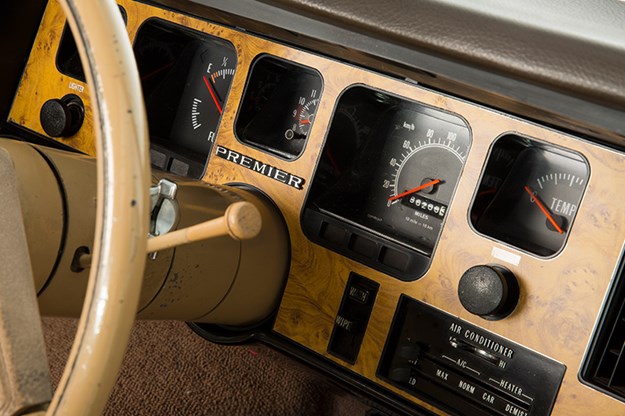
From Unique Cars #454, June 2021
Unique Cars magazine Value Guides
Sell your car for free right here
Get your monthly fix of news, reviews and stories on the greatest cars and minds in the automotive world.
Subscribe

.jpg)












